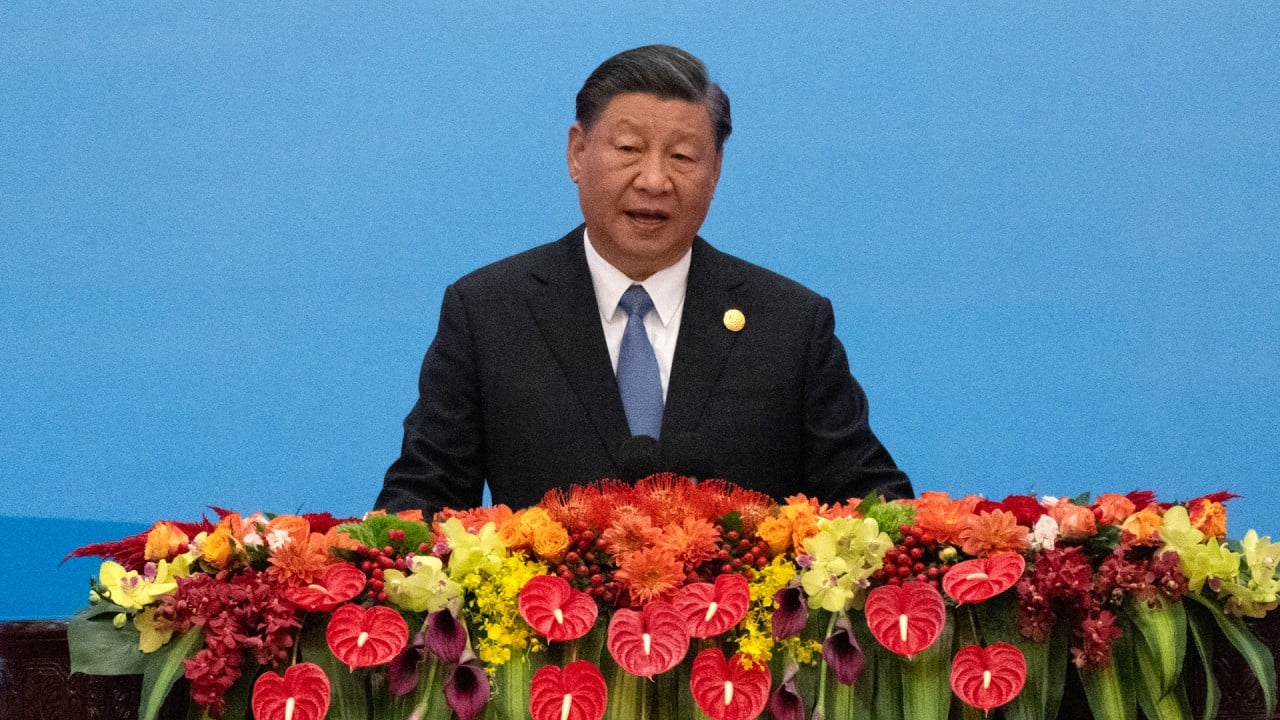China had agreed to provide 85 per cent financing for the construction of the two railway projects, while Nigeria was to pay the remaining 15 per cent. This money has since been earmarked by Nigeria for the project, according to Shettima’s office.
But now the money is being provided by another state-owned policy bank, the China Development Bank (CDB). According to observers, this illustrates China’s wish for the commercialisation of overseas loan financing.
Previous estimates had put the total cost of the 203km (126-mile) Kaduna-Kano section of the line at US$1.2 billion. The Nigerian government committed US$380 million, with the revised cost to be borrowed set at US$973 million.
Documents put before Nigeria’s parliament in April 2023 showed that the Chinese lender would advance a 15-year loan at an interest rate of 2.7 per cent plus the six-month Euro Interbank Offered Rate.
The rubber-stamping of the rail project, according to observers, points to a predicted rise in Chinese lending to Africa in 2024 – a year, they noted, in which Beijing is expected to host the Forum on China-Africa Cooperation.
Tim Zajontz, a research fellow at the Centre for International and Comparative Politics at Stellenbosch University in South Africa, said the financing agreement shows that Nigeria’s infrastructure sector remains important for China.
Not only are Chinese contractors widely mobilised across the Nigerian market, “one must also not forget that Abuja has actively sought funding from non-Chinese sources after China Eximbank had pulled out,” he said.
US borrows from belt and road playbook to challenge China’s influence in Africa
US borrows from belt and road playbook to challenge China’s influence in Africa
Although China Eximbank and CDB are both state-owned policy banks, the switchover is “an example of China Eximbank’s more restrictive lending policy and indicates a further commercialisation of Chinese overseas loan financing”, he said.
“Chinese funding is now more restrictive and the focus has shifted from concessional to commercial lending,” he said.
Yunnan Chen, a senior research officer at the London-based Overseas Development Institute think tank, said the CCECC is hugely dominant in Nigeria, so it makes sense that they would be the natural contractor for the project.
“CDB loans will likely be more costly and less favourable in terms,” she added.
China-Africa trade hit US$282 billion in 2023 but Africa’s trade deficit widens
China-Africa trade hit US$282 billion in 2023 but Africa’s trade deficit widens
But the bank declined to fund the next section to Malaba, a town on the border with Uganda due to concerns over the project’s commercial viability.
However, Kenya is in a much weaker bargaining position than Nigeria, Chen said. “Nigeria is always in a more comfortable position to borrow, at least for the time being, because it has the oil revenues, which make it creditworthy.”
Beijing boosts use of Chinese yuan in Africa as nations move away from US dollar
Beijing boosts use of Chinese yuan in Africa as nations move away from US dollar
According to Chen, Kenya is trying to negotiate the terms of its existing Standard Gauge Railway (SGR) loans, while also trying to ask for new financing for the extension to Uganda. “It’s a difficult bargaining position to be in.”
Mark Bohlund, a senior credit research analyst at REDD Intelligence, said that Nigeria – similar to Tanzania – is one of the major African economies with a relatively low level of Chinese borrowing. “And it is in this perspective that I view this new loan,” he said.
“My assumption is that China Eximbank will be more active than CDB in Africa over the medium term but I think Nigeria might be an exception to the rule in this regard as their oil export revenue allows them, in theory, to take on more debt at commercial terms, which is the majority of CDB’s lending, than other African countries.”


